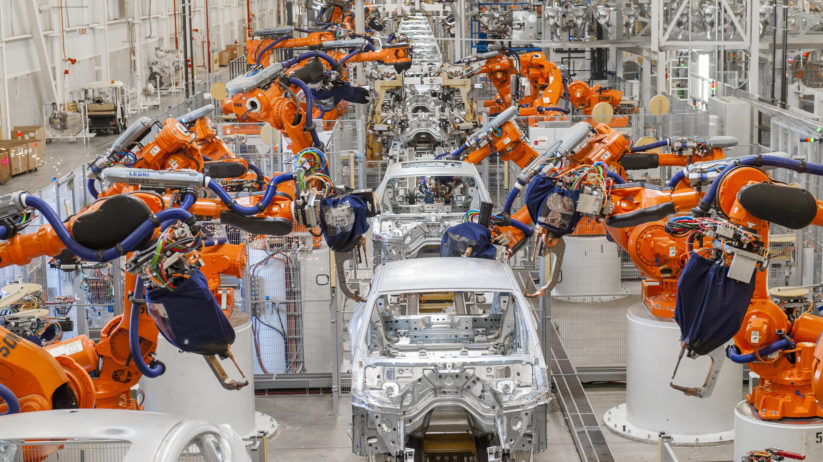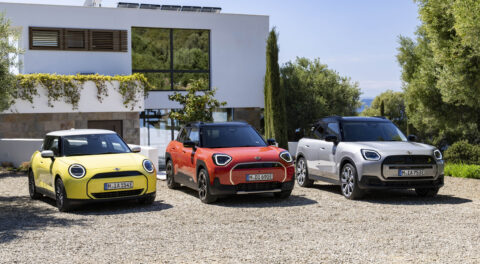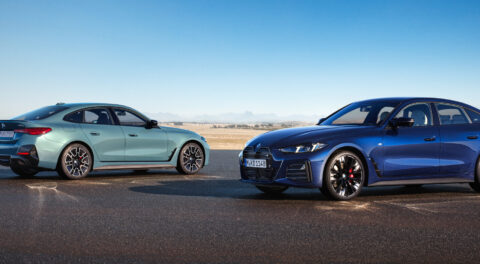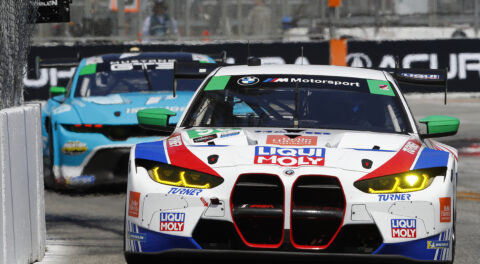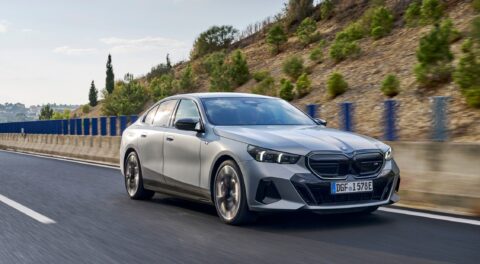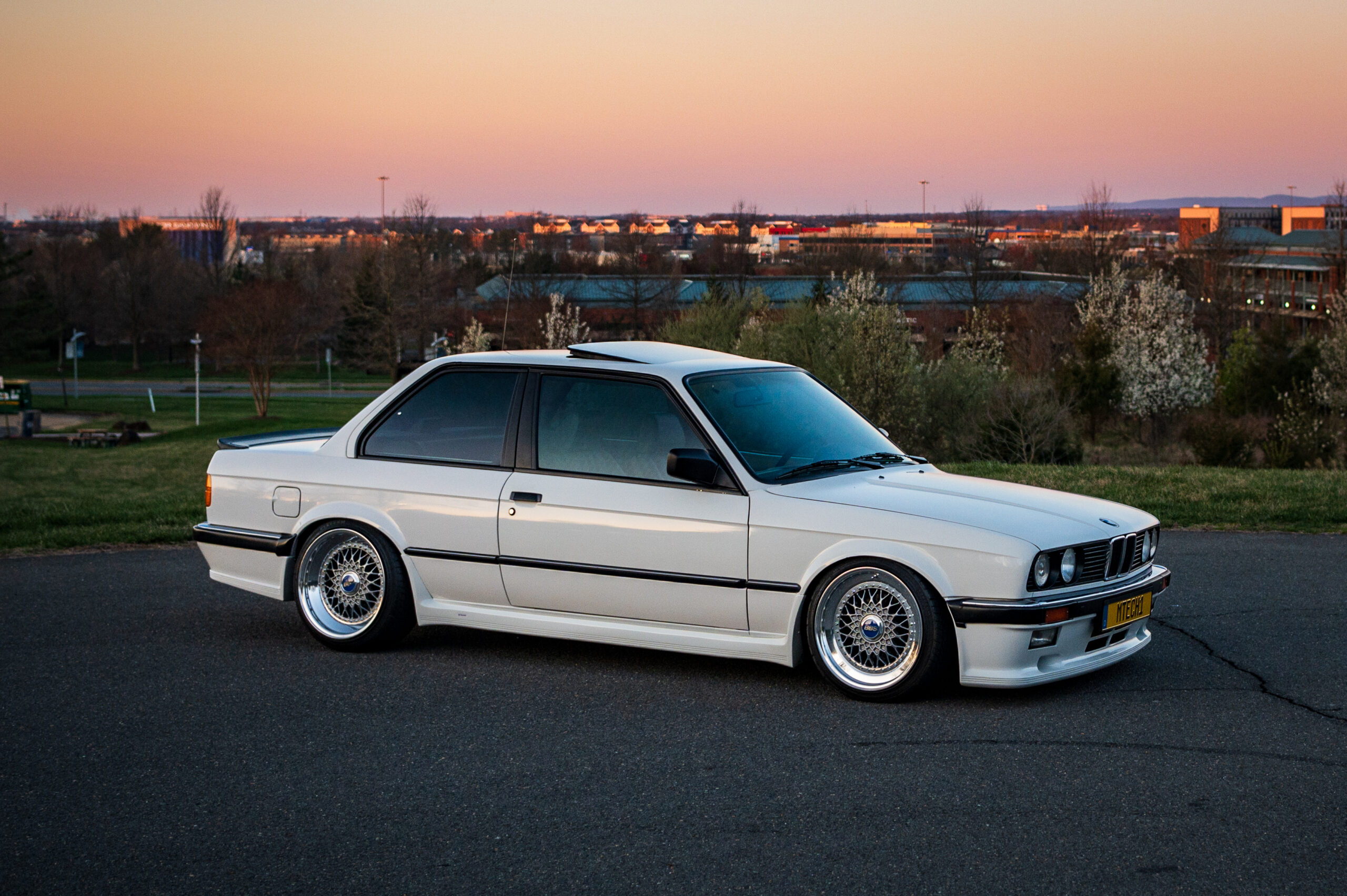The two modular platforms which underpin modern BMW vehicles are a key part of the company’s strategy going into an uncertain future. Like other modular platforms used by automakers such as Volkswagen, BMW’s UKL architecture is used for primarily front-drive models including those from MINI, while CLAR, is for rear-drive models. We first wrote about the use of these platforms back in 2018, when use of CLAR came into the forefront thanks to it being employed on newly released generations of long-running BMW models. As BMW’s future plans and goals continue to be realized though, it’s already time for an update to rear-drive platform, so it can accommodate denser batteries in hybrid and EV configurations.
The news comes via the interview of BMW research and development boss Klaus Fröhlich by Automotive News Europe. In the interview, which took place last year but was published during the first week of 2020, Fröhlich reasserts his well known stance that, while EVs and hybrids are coming to the forefront, a flexible architecture that can accommodate both electric and internal combustion propulsion is the best choice for the next decade. Only the passing of the next ten years and beyond will either prove or disprove the theory, but given the varied take rates around the world for EVs, along with infrastructure that remains in its infancy, Fröhlich may just have a point.
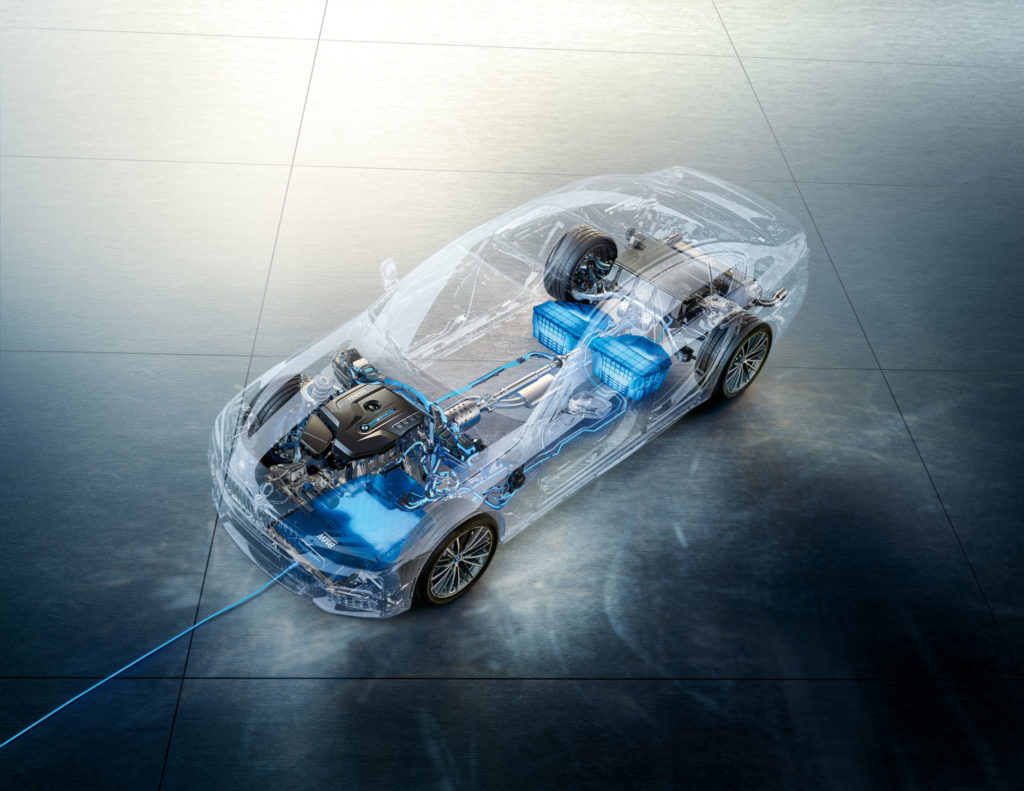
UKL debuted in 2014 beneath a MINI and joined the BMW model portfolio by way of the X1 and 2 Series Gran Tourer in 2015. That same year, CLAR also hit the market, in the form of the G11 7 Series, followed by the G30 5 Series the following year. In the time since, everything from the X3 through there X7 uses the platform, along with other models as varied as the new Z4 and Toyota Supra, the G20 3 Series, the 8 Series, and plenty of others. With its ability to accept nearly every form of motivation BMW offers right now, including gasoline or diesel engines, plug-in hybrid systems, or a purely electric 48-volt system, CLAR has unmatched versatility in the automotive space.
Even with this kind of capability, BMW is planning to update the platform sometime during 2021, when it will have been on the market for some six model years. According to Fröhlich, improvements will primarily be concerned with accommodating batteries of higher density. In the time that CLAR has been in use, battery density has increased by an approximate multiple of 2.7, slightly outpacing BMW’s forecast of 2.5. In turn, plug-in hybrid models to be underpinned by the new version of CLAR will offer exclusively electric range of 50 to 75 miles, something that simply wasn’t possible a few years ago thanks to weight and space restrictions.
There are lots of upcoming models that will use the new version of CLAR, but one we’re quite interested in is the i4, which Fröhlich referred to as essentially a, “battery-powered 3 Series.” A 3 Series with the equivalent of 530 horsepower? Sign us up.—Alex Tock
[Photos courtesy BMW AG.]

